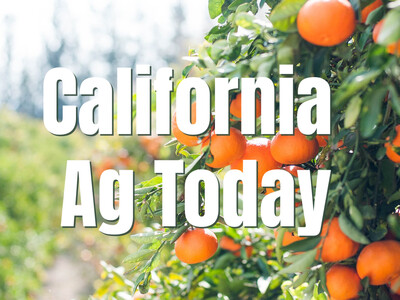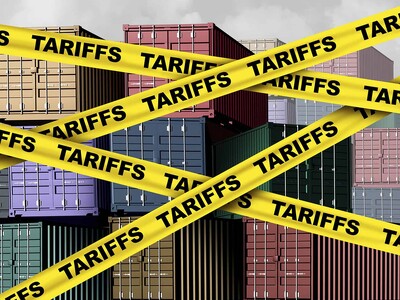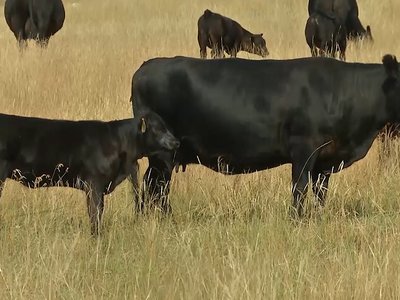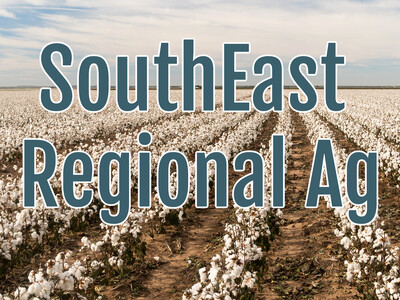Farmers and FSA
Drought plagued farmers and ranchers have a myriad of traditional and drought specific USDA Farm Service Agency programs available to assist in mitigating impacts on crops and livestock. FSA administrators Zach Ducheneaux says one example is: Livestock forage protection. That program can cover up to 60 percent of the cost of grazing livestock for up to five months. Now there is one hundred twenty five thousand dollars per person and legal entity payment limitation for LSP and grazing losses have to be due to a qualifying drought condition. Qualifying producers could also utilize offerings such as the livestock indemnity program and areas within the Emergency Assistance for Livestock, Honeybees and Farm Raised Fish Program.Livestock Indemnity Program provides benefits to livestock owners and contractors for livestock deaths in excess of normal mortality or eligible conditions, including adverse weather. Drought is not a cause of eligible loss for livestock in and of itself. But if it creates a manifestation of a disease outbreak such as anthrax, then it can occur because anthrax is a disease. It's triggered by dry conditions. Elaph also provides assistance for losses resulting from the cost of transporting water to grazing livestock due to eligible drought. And we do that at different levels, different rates of payment, depending on whether it's the producer hauling it themselves, a contractor or rented equipment to haul the water. Ullapool provide assistance for losses resulting in additional cost with gathering livestock for treatment of cattle, tick fever, for example. And as we made an adjustment just a while back, it also does include farm raised, fish feeding, death losses.
More information about USDA drought or natural disaster assistance programs is available through local USDA service centers or online at www.farmers.gov













